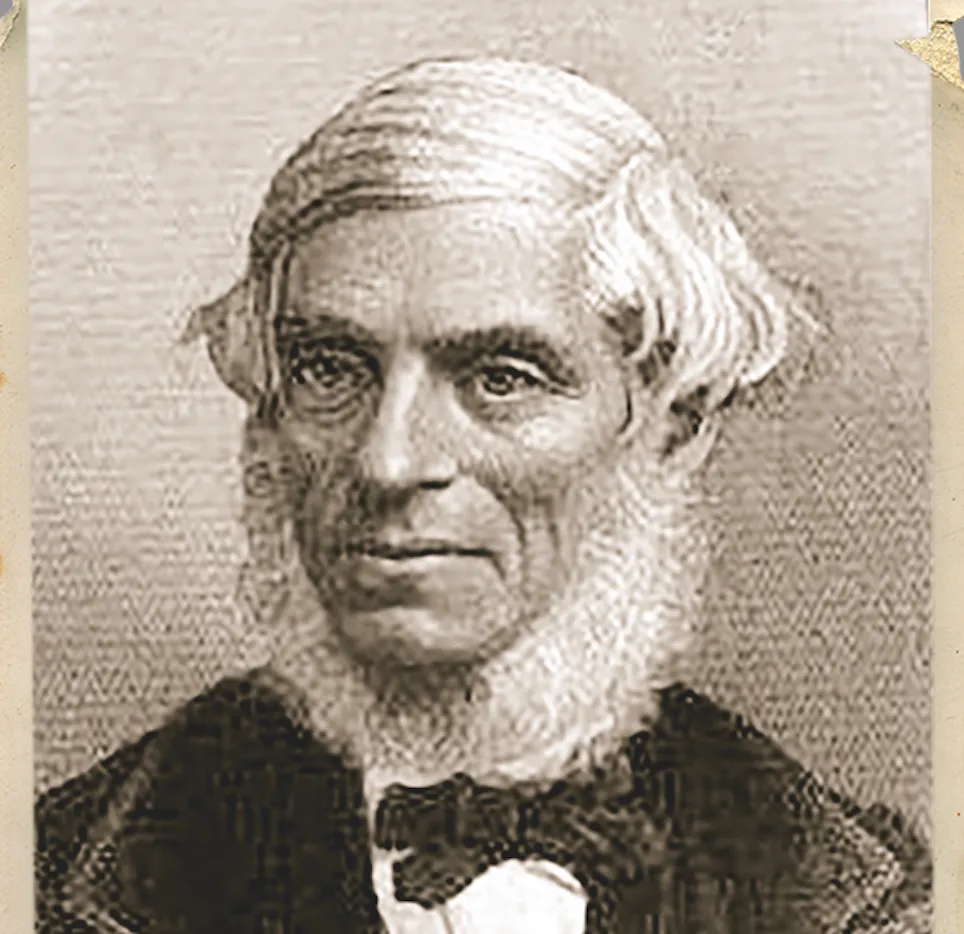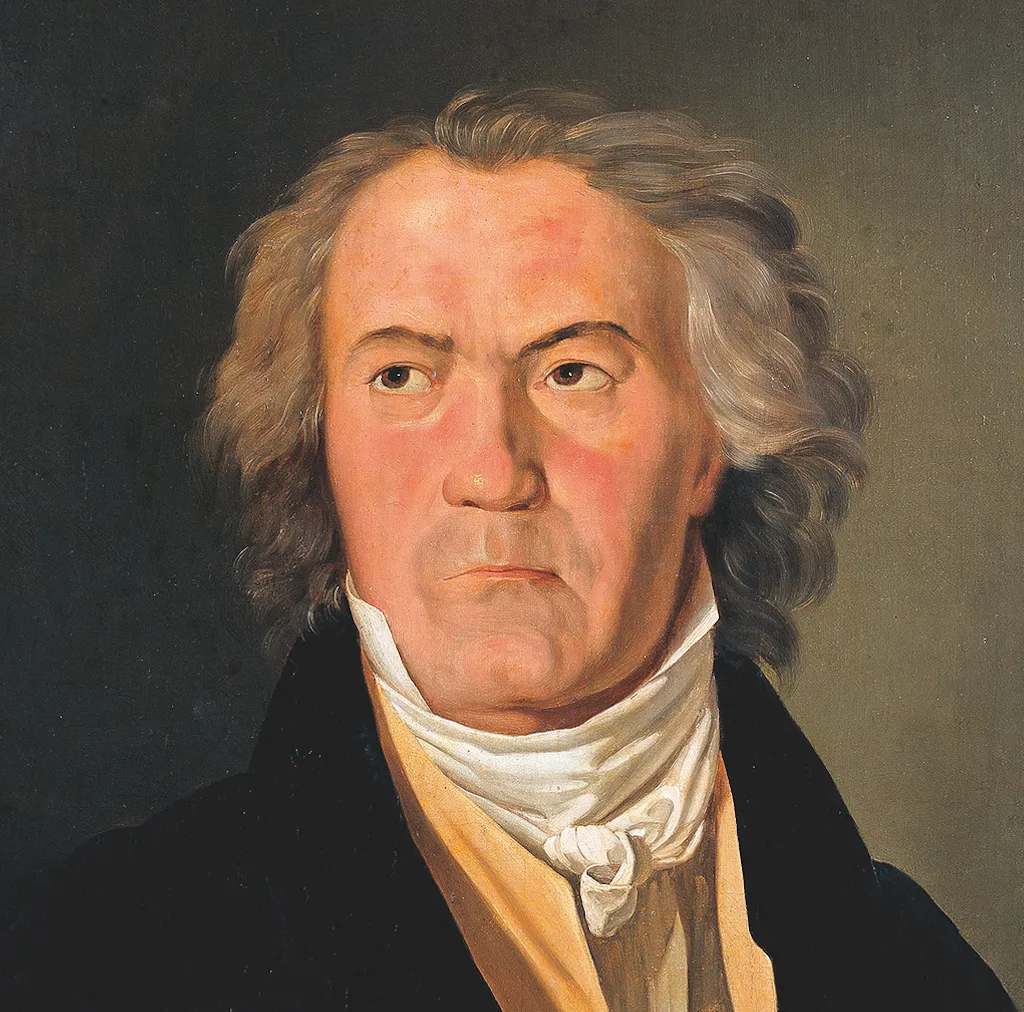Following his victory over the Austrian army at the Battle of Wagram on 5-6 July 1809, Napoleon established his Viennese headquarters at the palace of Schönbrunn. Many entertainments were put on for his benefit over the next few months, and among those who displayed their talents before the French Emperor was an inventor called Johann Nepomuk Maelzel.
The recent battle had been particularly costly in terms of the dead and wounded, and Napoleon admired the artificial limbs of his own design that Maelzel showed him. He asked the inventor to come up with a collapsible cart that could transport the wounded from the battlefield, and Maelzel readily agreed.
But knowing of Napoleon’s interests away from the battlefield, he mentioned a machine he could already demonstrate to him. This was no less than a chess-playing automaton named the ‘Mechanical Turk’, after the life-size model of a turban-clad figure who sat at it.
The invention wasn’t actually Maelzel’s own, though he was happy enough to take the credit for it. Its designer was an official in Empress Maria Theresa’s entourage, one Wolfgang von Kempelen, who caused a sensation when he first displayed it in 1770. Following Kempelen’s death in 1804 Maelzel purchased the machine from his son, and made various refinements to it.
This world’s first chess computer eventually proved to be an elaborate hoax containing a live player cunningly concealed within its depths. Not, though, before Napoleon had played against it and attempted unsuccessfully to fool it by executing some illegal moves.
What else did Maelzel invent?
The inventions to which Maelzel could more legitimately lay claim were in the realm of music, and one of them had connections with a more serious defeat for Napoleon.
On 21 June 1813 the French troops suffered defeat to an army under the command of the Duke of Wellington, at the battle of Vitoria in Spain. The previous year Maelzel had built a machine he called a panharmonicon, a sort of elaborate music box which could imitate the sounds of an entire orchestra.

Now he planned to capitalise on his invention by commissioning Beethoven to compose a piece for it to mark Wellington’s victory, the news of which reached a jubilant Vienna only towards the end of July. Beethoven duly produced his piece, and Maelzel transferred it onto the studded cylinders activated by weights that drove his machine.
The cylinders’ capacity was, however, limited, and the panharmonicon was in any case not capable of producing the grand effect Beethoven had in mind. Maelzel suggested it should expand into an actual orchestral piece in which the ‘Battle Symphony’ would follow a depiction of the battle itself.
When was Beethoven's Symphony No. 7 first performed?
The result – Wellington’s Victory or the Battle of Vitoria – was first performed on 8 December 1813. The concert also included the premiere of Beethoven’s Seventh Symphony as well as two marches for an automaton trumpet player – another of Maelzel’s inventions – and orchestra.
Such was the concert’s success that it earned a repeat four days later. But Maelzel subsequently invoked Beethoven’s anger by claiming the new piece as his sole property and staging it in Munich without the composer’s knowledge. Beethoven took out a lawsuit against him, though it came to nothing.
In the end, Maelzel owes his enduring fame not to any of his automata, nor, indeed to the ‘Battle Symphony’, but to a relatively simple device. Again, he had no scruples about taking the credit for an invention that wasn’t strictly speaking his own.
Who was Dietrich Nikolaus Winkel?
On a visit to Amsterdam in 1815 he had called on the inventor Dietrich Nikolaus Winkel, and admired the compactness of a pendulum system Winkel had devised for indicating precise musical tempi. Maelzel made a few improvements to it, and took out a patent for an ‘Instrument or Instruments, Machine or Machines, for the Improvement of all Musical Performance, which he denominates a Metronome or Musical Time-keeper’.
Maelzel was careful to add in his own description of the device included in the patent document: ‘Be it known that I do not make any claim to the invention of beating or counting the time for musical performance, by means of a machine regulated by a pendulum; but for the particular manner and mode which I have invented of applying a pendulum to such a machine, whereby the pendulum can with the greatest facility be made to vibrate a greater or lesser number of times in a minute at the pleasure of the performer.’
So closely has Maelzel’s name become associated with the metronome ever since that the initials ‘M.M.’ found in so many music scores where the tempo is given are widely understood to stand for ‘Maelzel’s metronome’.
Did Beethoven use the metronome?
Following their dispute over the ‘Battle Symphony’, Beethoven and Maelzel made up their differences when they met again in 1817. Beethoven was sufficiently impressed by the new-fangled metronome to draw up an elaborate list of tempo markings for all the symphonies he had composed thus far (i.e. Nos 1-8), and to have it published in the Leipzig Allgemeine musikalische Zeitung, the leading musical journal of the day.
The next year he did the same for his string quartets up to the ‘Serioso’ Op. 95, and for the popular Septet Op. 20. At the same time he declared: ‘I have long been thinking of giving up those nonsensical terms of Allegro, Andante, Adagio, Presto, and Maelzel’s metronome gives us the best opportunity of doing so. The words describing the character of a piece are a different matter: we can never give those up, since the beat is actually more the body, but the words refer to the spirit of the piece.’
It’s a fair bet that neither Maelzel nor Beethoven realised what a can of worms the advent of the metronome would open.
How was the metronome received?
It’s true that in theory it allowed composers to pinpoint the correct tempo for their music with complete accuracy by indicating the number of beats per minute. In practice, however, things turned out rather differently.
In particular, composers tend to hear music in their head at a faster tempo than they would expect, or necessarily want, to experience it in actual performance. Consequently a great many of Beethoven’s metronome markings are improbably, if not impossibly, fast.
Certainly, they have been the subject of heated debate ever since he issued them. The fact that in 1817 and 1818 he found himself having to compile long lists of figures within a short space of time may have contributed to a speeding up of his mental playbacks of music he had composed many years earlier
Which Beethoven works feature metronome markings?
However, it’s interesting to note that despite his endorsement of Maelzel’s invention (in February 1818 he and Salieri issued a joint declaration welcoming it with open arms), only two of the important works he composed after the device became available to him include any metronome markings.
Those pieces are the ‘Hammerklavier’ Piano Sonata Op. 106 and the Ninth Symphony, and their markings are among Beethoven’s most controversial. Not one of his late string quartets has any such indications, nor do his last three piano sonatas or the ‘Diabelli’ Variations.
In the case of the Missa solemnis Beethoven asked the publishers to wait for the markings he was about to send them before issuing the work. The reported success of the first Berlin performance of his Ninth Symphony, he assured them, had largely been due to its metronome markings.

However, in view of the contentious nature of those markings perhaps we should be thankful that Beethoven never supplied the promised information for the mass. The tempo heading of its opening Kyrie contains the words Mit Andacht (with devotion) – a verbal description of the music’s spirit that offers a hint to the interpretation of the piece that is more valuable than an indication of beats per minute alone could ever be.
In Beethoven’s day tempo tended in any case to be a good deal more flexible than it is in our own time. On the manuscript of a little song he composed for insertion in a Viennese magazine early in 1817 Beethoven jotted down the remark, ‘100 according to Maelzel, but this can only apply for the first bars, for sentiment also has its own pulse which cannot quite be expressed by such a mere number.’
Which composers used the metronome?
One of the most reluctant among 19th-century composers to use metronome markings was Brahms. On the question of whether the markings in his German Requiem were compulsory, he said, ‘I think here as well as with all other music the metronome is of no value. As far at least as my experience goes, everybody has, sooner or later, withdrawn his metronome marks.’
Brahms eventually did precisely that in the case of the German Requiem, and he supplied only three of his other works (they include the Piano Concerto No. 2) with markings. ‘I myself’, he maintained, ‘have never believed that my blood and a mechanical instrument go well together.’
In the 20th century, many composers were more enthusiastic about Maelzel’s invention. Bartók’s scores feature meticulous markings. His own recordings as pianist largely, if not invariably, bear out these indications.
Stravinsky, who once notoriously claimed that music was incapable of expressing anything, frequently did away with any verbal descriptions of character and tempo. Instead, he headed his scores with unadorned metronome speeds – a procedure that would have been anathema to most of his predecessors.

